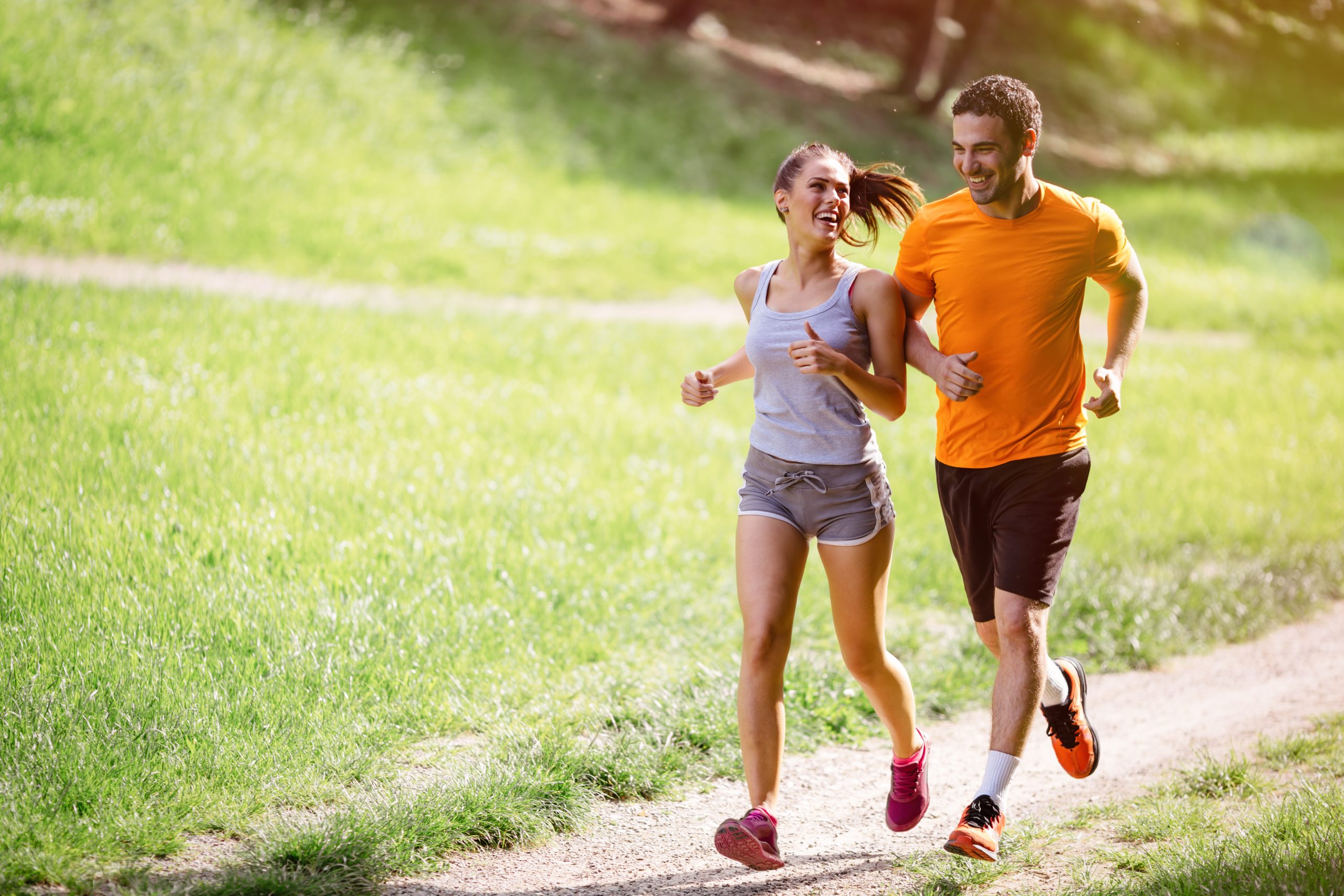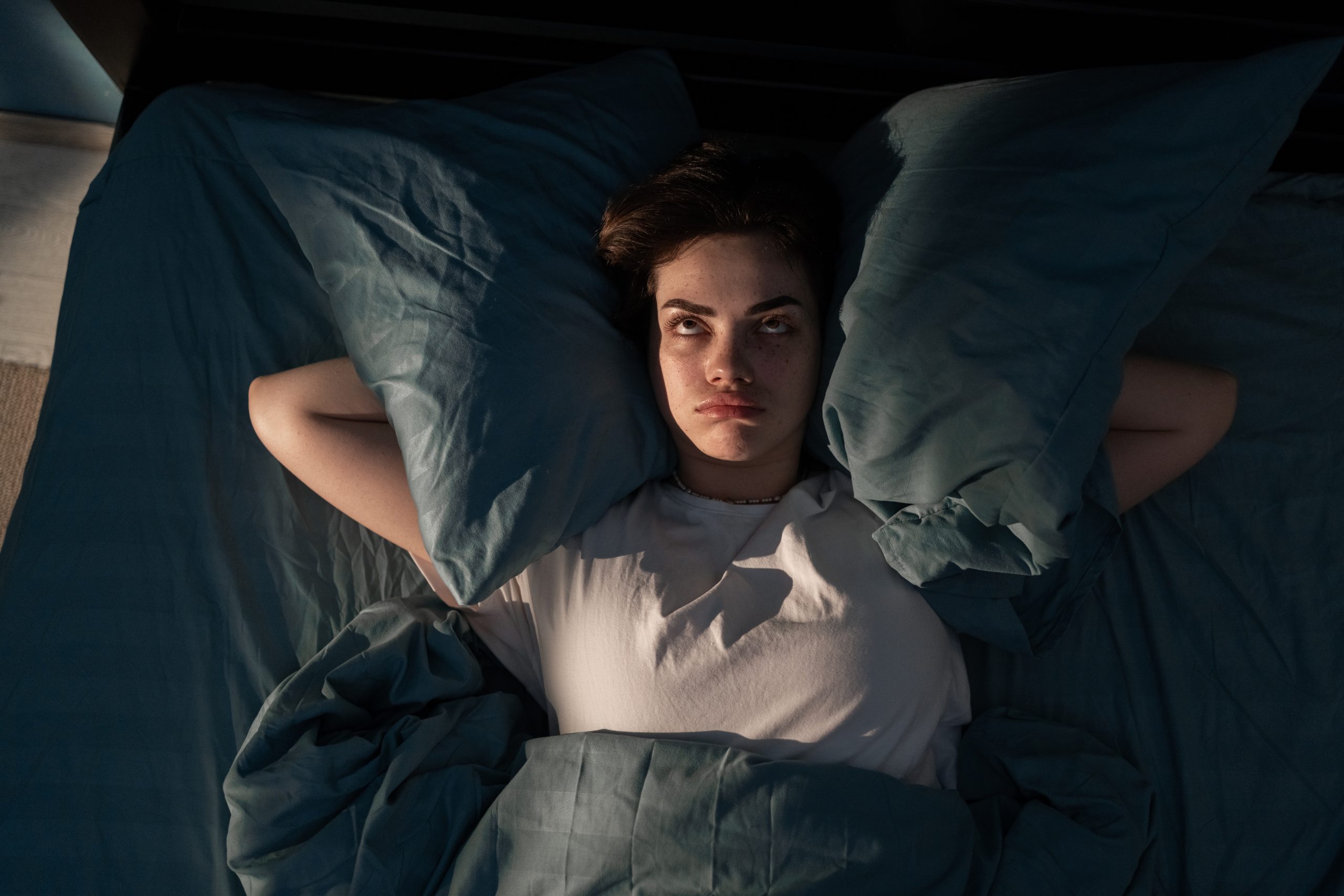Exercise, not a pill or powder, stands as the most powerful lifelong prescription for health—one that almost every doctor would write if only the world would listen.
Quick Take
- Physical inactivity is a leading global health risk, driving up disease and healthcare costs.
- Regular exercise prevents and manages chronic diseases, enhances mental health, and extends quality life years.
- Decades of clinical evidence now fuel major campaigns urging movement as a core medical intervention.
- Despite overwhelming evidence, cultural bias for quick fixes and lack of adherence remain stubborn barriers.
Exercise Is the Forgotten Miracle Drug
Cardiologists prescribe statins, endocrinologists reach for metformin, and the supplement industry hawks miracle cures, but primary care veterans like Dr. George F. Smith have witnessed what truly works for patients across four decades: movement. Smith’s clinical practice, echoing a drumbeat now growing worldwide, reveals that regular, moderate exercise outperforms pharmaceuticals for most people in preventing heart disease, diabetes, depression, and a laundry list of other costly ailments. The World Health Organization has declared physical inactivity a modern pandemic, with 31% of adults and an astonishing 80% of adolescents failing to meet recommended activity levels, fueling a global crisis of chronic disease and ballooning healthcare costs.
Smith’s message is blunt: if exercise could be bottled, it would be the most prescribed drug in history—and the safest. Yet, despite mounting research and urgent public health campaigns, society remains beguiled by shortcuts and silver bullets, often overlooking the most accessible, evidence-based intervention at our disposal. This disconnect, Smith argues, is not just a clinical oversight; it’s a cultural blind spot that imperils both lives and economies.
The Science Is Unmistakable—But Behavior Lags Behind
The scientific consensus on exercise is now irrefutable. Regular physical activity lowers the risk of cardiovascular disease, diabetes, cancer, cognitive decline, and premature death. Evidence drawn from vast global studies and meta-analyses confirms that exercise improves mood, reduces anxiety and depression, controls weight, and boosts immunity—benefits that no pill or supplement can match. The “Exercise is Medicine” campaign, spearheaded by the American College of Sports Medicine, champions this message to both doctors and the public, calling for movement to be prescribed as routinely as blood pressure checks. Yet, despite this avalanche of proof, the world’s population grows ever more sedentary, ensnared by technology, urbanization, and the siren call of convenience.
The numbers reveal the cost of inaction. The WHO forecasts that by 2030, insufficient physical activity will cost global health systems an eye-watering $300 billion. The economic toll—over $27 billion per year—reflects not just medical bills but lost productivity, disability, and diminished quality of life. The irony is stark: the simplest intervention, walking briskly for 30 minutes most days, could avert much of this burden, but implementation lags far behind knowledge. Clinicians, policymakers, and patients alike must confront the uncomfortable truth that knowing and doing are not the same—and that solving this gap is as much about culture and motivation as it is about science.
Primary Care’s Perspective: The Best Prescription Is Accessible to Everyone
Smith’s decades in the exam room have taught him that health transformations rarely come from miracle cures. Instead, they come from ordinary people building new habits, often starting with a five-minute walk and gradually reclaiming their vitality. Exercise works because it is comprehensive: it strengthens the heart, bones, and mind; it improves sleep and resilience; and it empowers individuals to take ownership of their well-being. Unlike most treatments, it is universally accessible, requiring no prescription pad, insurance approval, or high-tech equipment.
Yet, barriers persist. Cultural attitudes, urban design, busy lifestyles, and the relentless marketing of passive solutions conspire to keep people inactive. Policy and clinical guidelines now reflect the overwhelming evidence, but adherence depends on the patient’s ability to integrate movement into daily life. The challenge is no longer proving that exercise works—it is making the default choice one of movement over inertia. Smith’s call to action is both urgent and hopeful: reclaiming health is within reach, but only if individuals and societies prioritize the humble, unglamorous act of moving the body, every day.
Future Implications: The Stakes and the Opportunities
The implications of widespread inactivity are stark. If current trends continue, chronic diseases will swamp healthcare systems, drive up insurance premiums, and erode quality of life for millions. Conversely, a cultural shift toward regular physical activity could yield a public health windfall: fewer heart attacks, strokes, cancers, and cases of dementia; lower depression and anxiety rates; and a more productive, resilient society. The fitness and wellness sectors stand to benefit, but the greatest gains will accrue to individuals and communities who embrace exercise not as punishment, but as a daily investment in health and freedom from disease.
Ultimately, Smith’s prescription is deceptively simple: move more, most days, in ways you enjoy. The science is settled, the economic case is overwhelming, and the clinical results are visible for those who take the first step. The only question left is whether society can finally heed the advice that every wise doctor, and every healthy centenarian, already knows—motion is the best medicine, and it’s never too late to start.
Sources:
World Health Organization (WHO) Fact Sheet on Physical Activity
Health Benefits of Physical Activity: The Evidence (PubMed Central)











